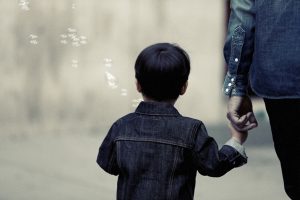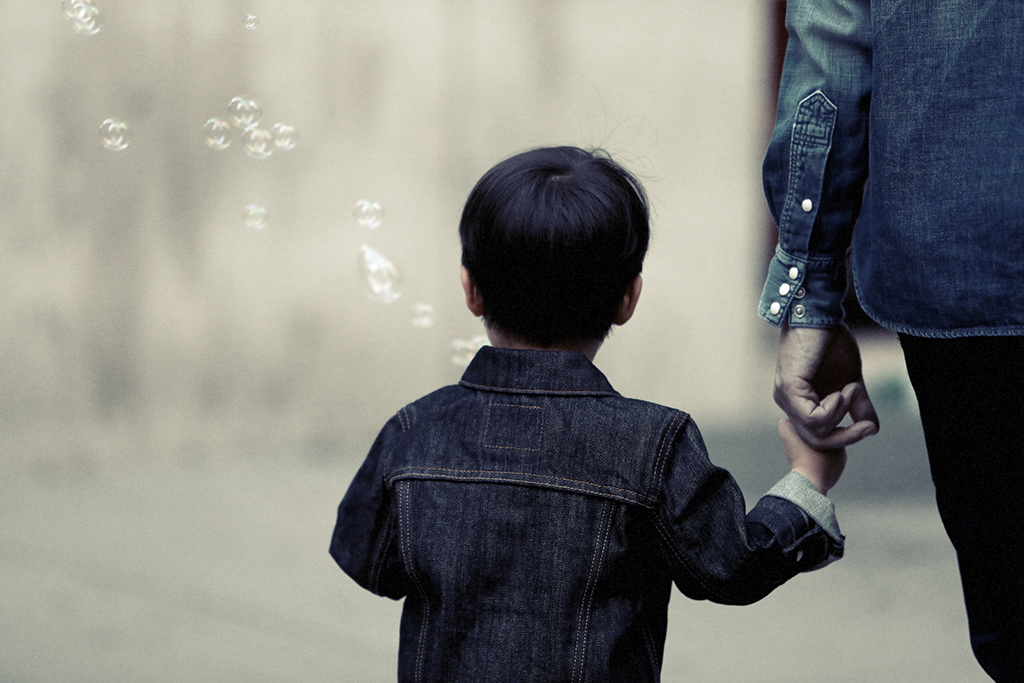From an Expert: 5 Tips for Talking to Kids about Adoption

November is National Adoption Month! We bring you some tips from child and family therapist MereAnn Reid on talking to kiddos about adoption and diverse families.

For many families connected through adoption or surrogacy, finding kids’ books about where babies come from and how family trees grow can feel like a page out of Harold and the Purple Crayon: You have to draw your own path.
Even a few preschool classics like A Mother for Choco and I Love You Like Crazy Cakes show mixed feelings around adoption; otherwise, there is a dearth of books with adoptee and birth parent voices.
How do we help kids consider all the ways families are made when there’s a limited selection of picture books about adoption, LGBT parents and donor daddies?
1. Listen to what they’re really asking
You’ll get more than one shot. Build in a pause: “I want to make sure I get it; are you asking… ?” Repeat what you heard, or “I want to talk about this more when I can give you my full attention.” Then, check in with yourself, breathe, and take it from the top: What detail or person are they asking about? What matters to them in this moment? What seed can you plant and grow as they do?
2. Create a lifestory book
A lifebook is a special tool for narrating your child’s story. This book has her as both the main character and audience. It tells how and where she started, the main players, the big thing that happened to make adoption necessary and assurances that it won’t happen again. Supporting a sense of connection and worth are primary in sharing tough truths and understanding ambiguous loss: a type of grief that can arise when no one has died, and is often felt with divorce, adoption or infertility. A lifebook illustrates, organizes, and affirms your child’s story without sugar-coating the details.
3. Normalize conception and gestation
We all have a birth mother and birth father. Regardless of method of conception or arrangements after birth, we each arrive from a combined sperm and egg. Kids need to know, amidst the modern variety of families, that we all start out the same. Using “uterus” or “womb” gives an accurate picture of how babies begin and grow, following concrete thinking of kids under seven years old. You might preview kids’ books at the library about reproduction; try It’s Not the Stork, by Robie Harris.
4. Honor connection to more than one family
Children may feel competing loyalties between adoptive and birth families. Consider how we frame other complex family systems, like step-parents or half-siblings. “Blended families” feel normal in ways we’re still navigating with adoption. Many parents have found peer support groups beneficial in exploring the power and mixed feelings of Mother/Father’s Day, birthdays, adoption day, infertility or grieving relinquishment.
5. Adoption is a lifelong fact, not a one-time event
Relationships are our most powerful resource for integrating experiences and healing breaks in connection. Human development includes cycles of making sense of separation, identity and attachment shifts. Big experiences like early trauma, neglect, prenatal exposure and loss can shape development across the lifespan, influencing how children make sense of themselves and the world. We build resilience through evolving relationships and shared narratives.
Inviting conversation about adoption signals that it’s an important and safe topic. Grab a crayon, choose your color, and add to the rainbow of family stories!
MereAnn Reid is a child and family therapist and adoption consultant in Portland, OR. Her private practice includes play therapy, family counseling and parent coaching; she offers workshops with parents and professionals, and facilitates groups for children, teens, and parents. To learn more, visit NorthwestAdoptionSupport.com or reach out to NWAdoptionSupport@gmail.com.
